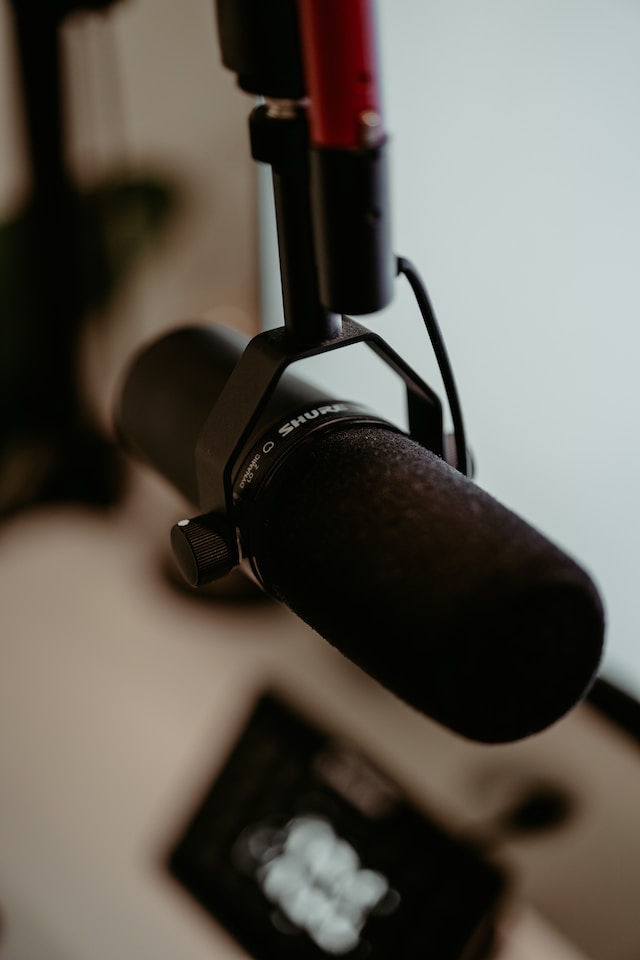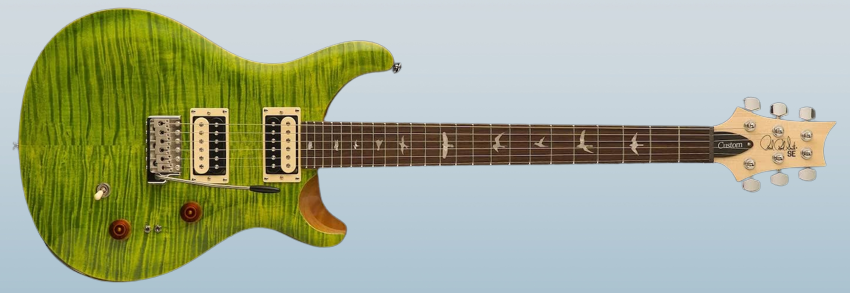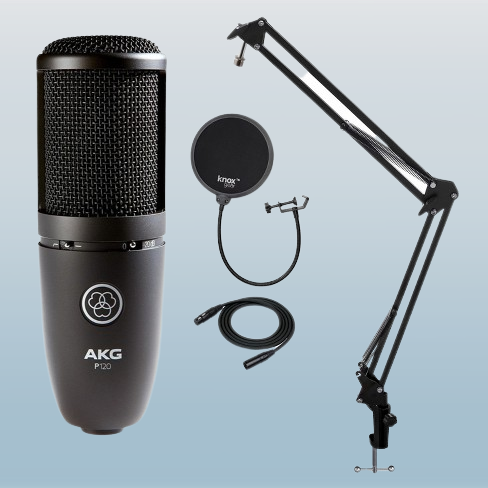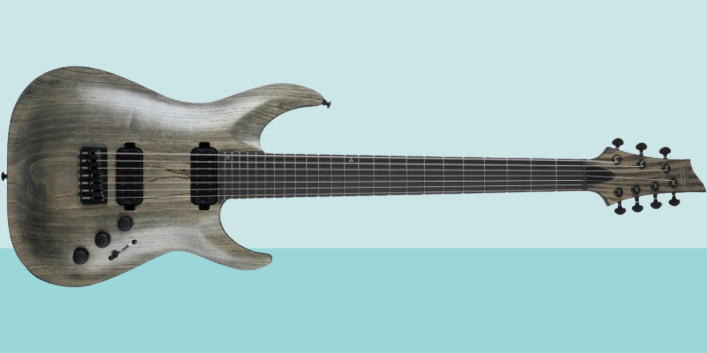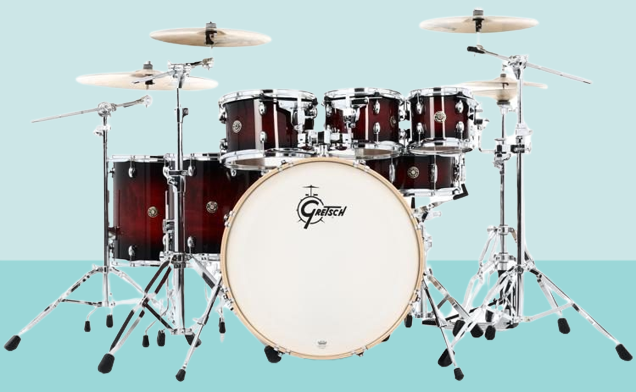When it comes to audio recording and performance, having a reliable and versatile microphone is essential. For decades, the Shure SM57 has been a staple in the music industry, earning a reputation as the go-to microphone for a wide range of applications. In this comprehensive review, we’ll explore why the Shure SM57 remains a time-tested workhorse and the preferred choice of musicians, audio engineers, and content creators alike.
Overview of the Shure SM57
The Shure SM57 is a dynamic microphone that has been in production since 1965, and it continues to be one of the most popular microphones on the market. Its classic design and outstanding performance have stood the test of time, making it an enduring favorite in recording studios, live sound setups, and even broadcasting environments.
Durability and Build Quality
One of the key features that make the Shure SM57 so attractive to professionals is its legendary durability. The microphone is constructed from rugged materials, including a durable metal casing and a shock-mount system that protects it from accidental bumps and drops. This durability ensures that the SM57 can withstand the rigors of frequent use on stage or in the studio, making it a reliable companion for years to come.
Versatility in Applications
The Shure SM57’s versatility is a major selling point for musicians and audio engineers. Its frequency response is tailored to deliver a crisp and clear sound, making it ideal for capturing a wide range of instruments and vocals. Whether used on guitar amplifiers, snare drums, brass instruments, or spoken vocals, the SM57 consistently delivers exceptional results.
Performance in Instrument Recording
When it comes to miking instruments, the Shure SM57 truly shines. Its ability to handle high sound pressure levels (SPL) without distortion makes it a popular choice for close-miking guitar and bass amplifiers. The microphone captures the intricate nuances of the instrument, resulting in a rich and detailed sound that can be easily sculpted during the mixing process.
Furthermore, the SM57’s tight cardioid pickup pattern minimizes background noise and feedback, making it an excellent choice for live performances. Its directional sensitivity ensures that the desired sound source is isolated, enhancing the overall clarity of the performance.
Application in Drum Recording
Drum recording is another area where the Shure SM57 is highly regarded. As a dynamic microphone, it can handle the high SPL produced by drums without sacrificing audio quality. When placed on a snare drum, the SM57 captures the sharp attack and warm body of the instrument, providing the mix with a solid foundation.
Moreover, the SM57 is often used to mic toms and even the hi-hat due to its compact size and ability to handle close-miking situations. Audio engineers appreciate the consistency and reliability that the SM57 brings to drum recordings, making it a staple in both studio and live drum setups.
Vocal Applications
Though it is primarily known for instrument recording, the Shure SM57 also finds its way into vocal applications, especially for spoken word and broadcasting purposes. Its clear and natural sound reproduction makes it suitable for interviews, podcasts, and voiceovers. Additionally, the SM57’s proximity effect can add a touch of warmth and depth to a voice when used up close, giving it a dynamic and intimate feel.
Limitations
While the Shure SM57 is an outstanding all-around microphone, it does have some limitations. As a dynamic microphone, it may not offer the same level of sensitivity and detail as high-end condenser microphones. Therefore, for extremely delicate or nuanced recordings, users might opt for other options. However, the versatility and ruggedness of the SM57 often outweigh its limitations for most applications.
Pricing and Value
The Shure SM57 is reasonably priced, making it accessible to a wide range of users, from beginners to seasoned professionals. Considering its durability, exceptional performance, and long-standing reputation, the SM57 provides excellent value for money and remains a solid investment for any audio enthusiast.
The Shure SM57 continues to be a beloved and trusted microphone in the audio world. Its unmatched durability, versatility, and ability to deliver consistent, high-quality results have earned it a well-deserved place in countless recording studios, stages, and broadcasting setups worldwide.
Whether you’re an aspiring musician, seasoned audio engineer, or content creator, the Shure SM57 is an invaluable tool that won’t disappoint. Its timeless design and performance ensure that it will remain a go-to microphone for generations to come, solidifying its status as a true workhorse in the world of audio.
Comparison to Its Counterparts
While the Shure SM57 is undoubtedly a remarkable microphone, it’s essential to explore how it stacks up against some of its counterparts in the market. Understanding the strengths and weaknesses of competing microphones can help users make an informed decision based on their specific needs and preferences. Let’s compare the SM57 to two of its closest competitors:
a) Shure SM58:
The Shure SM58 is often considered the sibling of the SM57, as both microphones share many design elements and are manufactured by the same reputable company. The primary difference between the two lies in their intended applications.
The SM58 is purpose-built for vocal performance and excels in capturing live vocals with exceptional clarity. It features a slightly boosted midrange, which helps cut through the mix and combat stage noise. The SM58 also incorporates a built-in spherical wind and pop filter, making it ideal for close vocal use and reducing plosives.
On the other hand, the SM57 is more tailored for instrument recording and is widely used for miking guitar amplifiers, drums, and other musical instruments. Its frequency response is relatively flat, which ensures accurate reproduction of instrument sounds without coloration.
Both microphones share the same rugged build quality and durability, making them reliable choices for live performances and touring musicians. Ultimately, the choice between the SM57 and SM58 boils down to whether you need a microphone primarily for instruments or vocals.
b) Sennheiser e906:
The Sennheiser e906 is a direct competitor to the Shure SM57, and it shares a similar design philosophy. Like the SM57, the e906 is a dynamic microphone with a cardioid polar pattern. It is specifically optimized for guitar amplifiers and cabinets, offering a specialized presence peak that accentuates the high-frequency response of the guitar tone.
Compared to the SM57, the e906 may be preferred by some guitarists and engineers due to its unique tonal characteristics. It provides a more modern and detailed sound, making it well-suited for genres that demand precise articulation and definition in the guitar sound. However, this added specificity might limit its versatility in recording other instruments or vocals as effectively as the SM57.
In terms of build quality, the Sennheiser e906 stands up to rigorous use and touring demands, making it a robust alternative to the SM57. It also comes equipped with a convenient three-position switch that allows users to tailor the microphone’s frequency response to better suit different guitar amp styles.
The Shure SM57 continues to shine as a top-tier microphone in its category. Its reliability, versatility, and time-tested performance make it a perennial favorite for recording engineers, musicians, and content creators worldwide. However, it’s important to remember that the best microphone choice ultimately depends on the intended application and personal preferences.
For those who prioritize vocal performance, the Shure SM58 provides a tailored vocal response and integrated pop filter. If guitar amplifiers and cabinets are the primary focus, the Sennheiser e906 offers a modern and detailed sound with a unique presence peak.
Despite the presence of competing microphones, the Shure SM57 remains an industry standard for instrument recording, live sound reinforcement, and broadcasting. Its durability, wide frequency response, and consistent results have established it as an essential tool in any audio professional’s arsenal.




